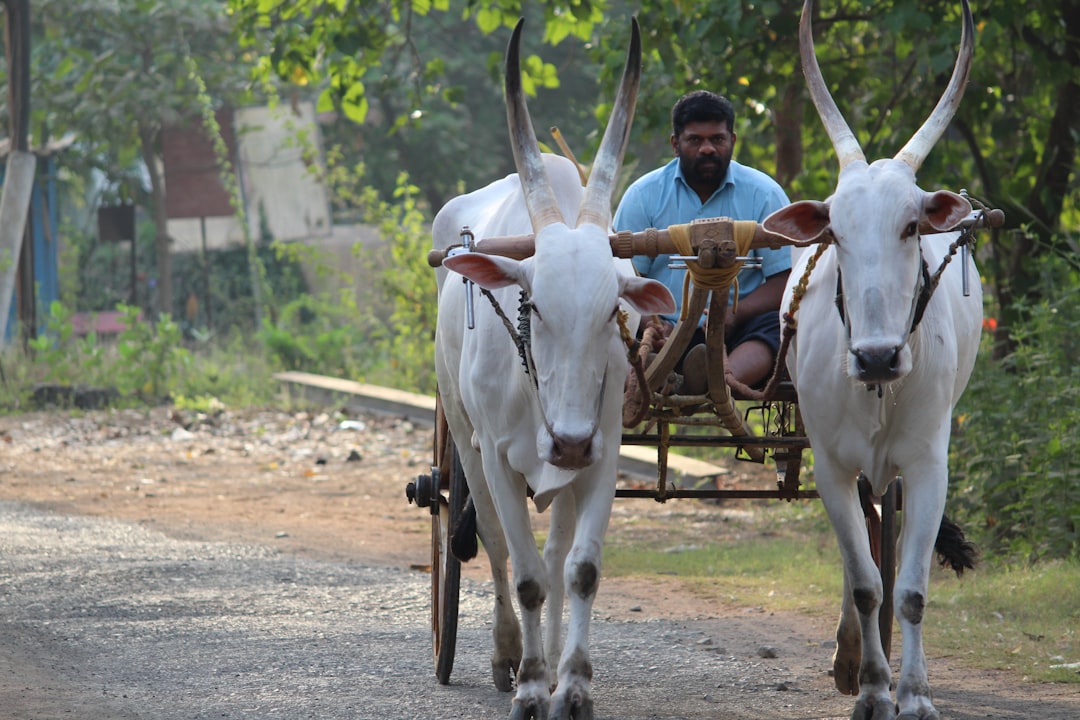Embarking on your backyard farming journey is both exciting and rewarding. As a beginner, having the right tools and supplies can make all the difference in transforming your space into a thriving garden. From preparing your soil to nurturing your crops, here’s a comprehensive guide to the essential tools and supplies that will set you up for success.
1. Basic Gardening Tools
Shovel and Spade
A sturdy shovel is indispensable for digging, moving soil, and transplanting plants. A spade with a flat edge is perfect for edging garden beds and turning soil in tight spaces. Look for tools with ergonomic handles to reduce strain during long hours of work.
Rake
A durable garden rake is essential for leveling soil, removing debris, and breaking up clumps. It’s also great for collecting leaves and other organic matter for composting. Consider a lightweight model for ease of use, especially if you have a smaller yard.
Hoe
A hoe is invaluable for weeding and breaking up the soil surface. For beginners, a hand hoe or a stirrup hoe can make quick work of pesky weeds while ensuring you don’t disturb the surrounding plants.
2. Watering Essentials
Garden Hose or Watering Can
Reliable hydration is critical for plant health. A quality garden hose with adjustable settings can deliver water efficiently across your garden. Alternatively, a watering can is ideal for more controlled, gentle watering, especially for delicate seedlings.
Drip Irrigation System
For those looking to conserve water and reduce manual watering, a drip irrigation system offers a sustainable solution. This setup delivers water directly to the root zone of each plant, reducing waste and ensuring even moisture distribution.
3. Soil Preparation and Care
Garden Fork
A garden fork is perfect for aerating the soil, mixing in compost, and loosening compacted ground. This tool helps create a well-structured soil environment, which is crucial for root growth and nutrient uptake.
Soil Testing Kit
Understanding your soil’s pH and nutrient levels can greatly enhance your gardening success. A soil testing kit is an affordable tool that provides insights into what amendments your soil might need, ensuring optimal growing conditions for your crops.
Compost Bin
Homemade compost is a gardener’s best friend. A compost bin allows you to recycle kitchen scraps and garden waste into nutrient-rich soil. This sustainable practice not only reduces waste but also enriches your garden naturally.
4. Planting and Maintenance Supplies
Seed Trays and Starter Pots
Starting your plants from seeds is both economical and satisfying. Seed trays and starter pots are essential for nurturing seedlings until they’re ready to be transplanted into your garden. Choose biodegradable options if you’re aiming for a more eco-friendly approach.
Mulch and Organic Fertilizer
Mulching helps retain soil moisture, suppress weeds, and maintain a stable soil temperature. Pairing mulch with an organic fertilizer can boost plant growth and improve soil health, giving your crops a strong start.
Pruning Shears
As your plants grow, regular maintenance is key. A pair of sharp pruning shears will help you trim back dead or overgrown branches, promote healthy growth, and shape your garden for both aesthetics and productivity.
5. Protective Gear and Extras
Gardening Gloves
Gardening gloves protect your hands from blisters, dirt, and potential injuries. Look for a pair that offers a snug fit, flexibility, and durability, especially if you’re handling thorny or rough materials.
Knee Pads or Garden Kneeler
Gardening often means spending time close to the ground. Knee pads or a garden kneeler can help reduce strain on your knees and back, allowing you to work comfortably for longer periods.
Pest Control Supplies
Natural pest control is vital for maintaining a healthy garden ecosystem. Consider organic pesticides, insecticidal soaps, or companion planting techniques to manage pests without harming beneficial insects.
6. Planning and Organizational Tools
Garden Journal
Keeping a garden journal is a practical way to track planting dates, growth progress, and seasonal challenges. Documenting your experiences can help you refine your techniques and plan for future seasons.
Garden Layout Planner
A garden layout planner, whether digital or on paper, is useful for designing your planting beds. Mapping out your garden in advance allows you to maximize space, rotate crops effectively, and ensure that each plant gets the light and nutrients it needs.
Conclusion
Investing in the right tools and supplies is the first step toward a successful backyard farming experience. As a beginner, starting with these essentials will not only streamline your gardening efforts but also enhance your enjoyment as you watch your garden flourish. Over time, you may expand your collection and experiment with new techniques, but these basics will always serve as the foundation of your gardening journey.

Comments
No comments yet. Be the first to comment!
You must be logged in to comment. Login